Red Borneo Kratom is a unique strain of the Mitragyna speciosa tree, native to the island of Borneo. This tropical...
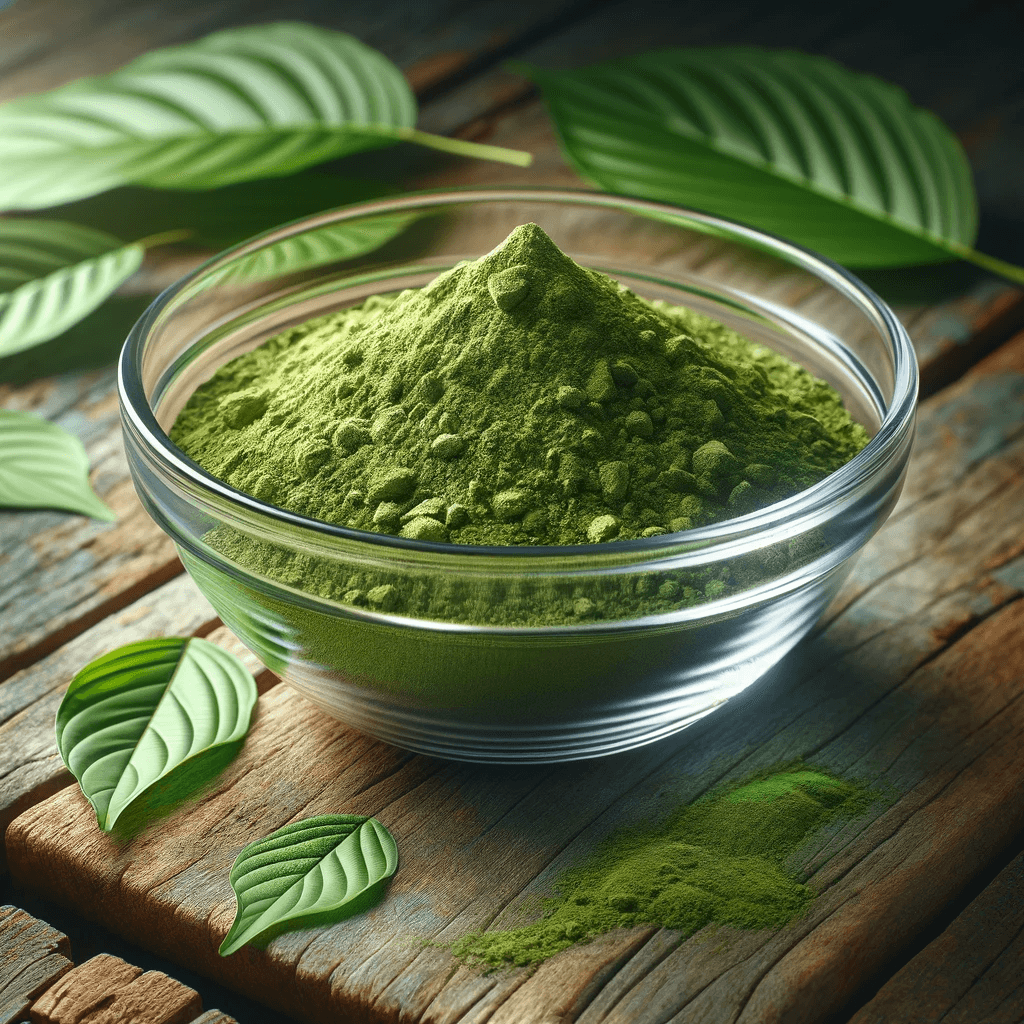
Kratom's Complex Pharmacology: Exploring the Opioid-Like Compounds of a Controversial Southeast Asian Plant
Kratom, scientifically known as Mitragyna speciosa, is a plant native to Southeast Asia that has garnered considerable attention due to its complex pharmacology. This botanical substance exhibits effects like opioids and stimulants, making it a subject of interest and controversy. In this article, we get into the intricate pharmacological properties of Kratom, shedding light on its active compounds, mechanism of action, and potential risks.
What is Kratom?
Mitragyna Speciosa, widely known as Kratom or ketum, is a tropical evergreen tree belonging to the coffee family and native to the botanical regions of Indochina and Malaysia in Southeast Asia. This plant is indigenous to countries such as Thailand, Indonesia, Malaysia, Myanmar, and Papua New Guinea, where it has been utilized in traditional medicine since at least the 19th century.
Active Compounds in Kratom
A spectrum of active compounds underpins Kratom's pharmacological profile, but two stand out: mitragynine and 7-hydroxymitragynine. Mitragynine is the most abundant alkaloid in Kratom, while 7-hydroxymitragynine is considered the most pharmacologically active. These compounds engage with opioid receptors in the brain, notably the mu and kappa receptors, eliciting various effects that have captivated users for centuries.
Mechanism of Action
The mechanism of action of Kratom primarily involves the binding of mitragynine and 7-hydroxymitragynine to opioid receptors. Unlike traditional opioids, Kratom's alkaloids do not activate the beta-arrestin, a key differentiator that contributes to the milder side effect profile associated with Kratom. This is implicated in some of the adverse effects typically seen with opioids, such as respiratory depression and constipation.
Pharmacokinetics
Understanding the pharmacokinetics of Kratom is crucial for comprehending its effects and duration. Mitragynine, the predominant alkaloid, undergoes hepatic metabolism and follows biphasic elimination kinetics. It has an approximate half-life of three hours. During metabolism, mitragynine transforms into 7-hydroxymitragynine, which is considered more metabolically active and is responsible for many of Kratom's effects.
Adverse Effects
While Kratom offers potential benefits, its use can result in various adverse effects—these range from neurological and metabolic symptoms to psychological manifestations. Common adverse effects include agitation, tachycardia, drowsiness, confusion, and hepatotoxicity. In severe cases, users may experience seizures, coma, lung and kidney injury, cardiotoxicity, and neonatal abstinence syndrome in newborns of pregnant users. Higher Kratom doses are associated with an increased risk of adverse effects.
Managing Kratom Effects
Currently, there is no specific treatment for Kratom Effects. Management primarily revolves around providing supportive care. In cases where Kratom effects resemble opioid-like effects, healthcare professionals may consider the administration of naloxone, although its effectiveness for Kratom effects remains uncertain. Other approaches involve managing seizures with anti-epileptic medications and addressing organ-specific effects.
Safety and Regulation
It's crucial to emphasize that Kratom is an unregulated substance, and as such, its purity, potency, and safety are not well-controlled. Individuals contemplating its use should exercise caution and seek guidance from healthcare professionals. The potential risks associated with Kratom use warrant further research better to understand its effects, benefits, and potential hazards.
Kratom's complex pharmacology, characterized by its interaction with opioid receptors and distinct activation, offers a unique profile among natural supplements. While it holds promise for various applications, including pain relief and opioid withdrawal management, its use is not without risks. As the regulatory landscape surrounding Kratom remains uncertain, individuals should approach it with vigilance and seek informed guidance when considering its consumption. Speakeasy Kratom, committed to quality and transparency, offers valuable insights into Kratom and provides free Kratom samples, allowing users to explore this botanical substance responsibly.

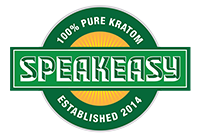





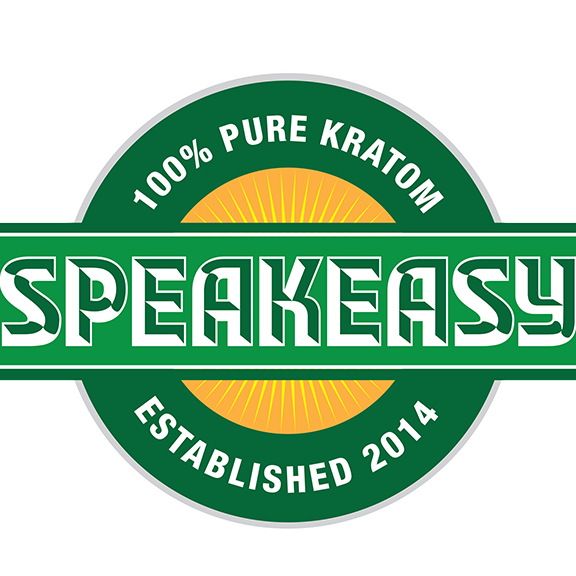
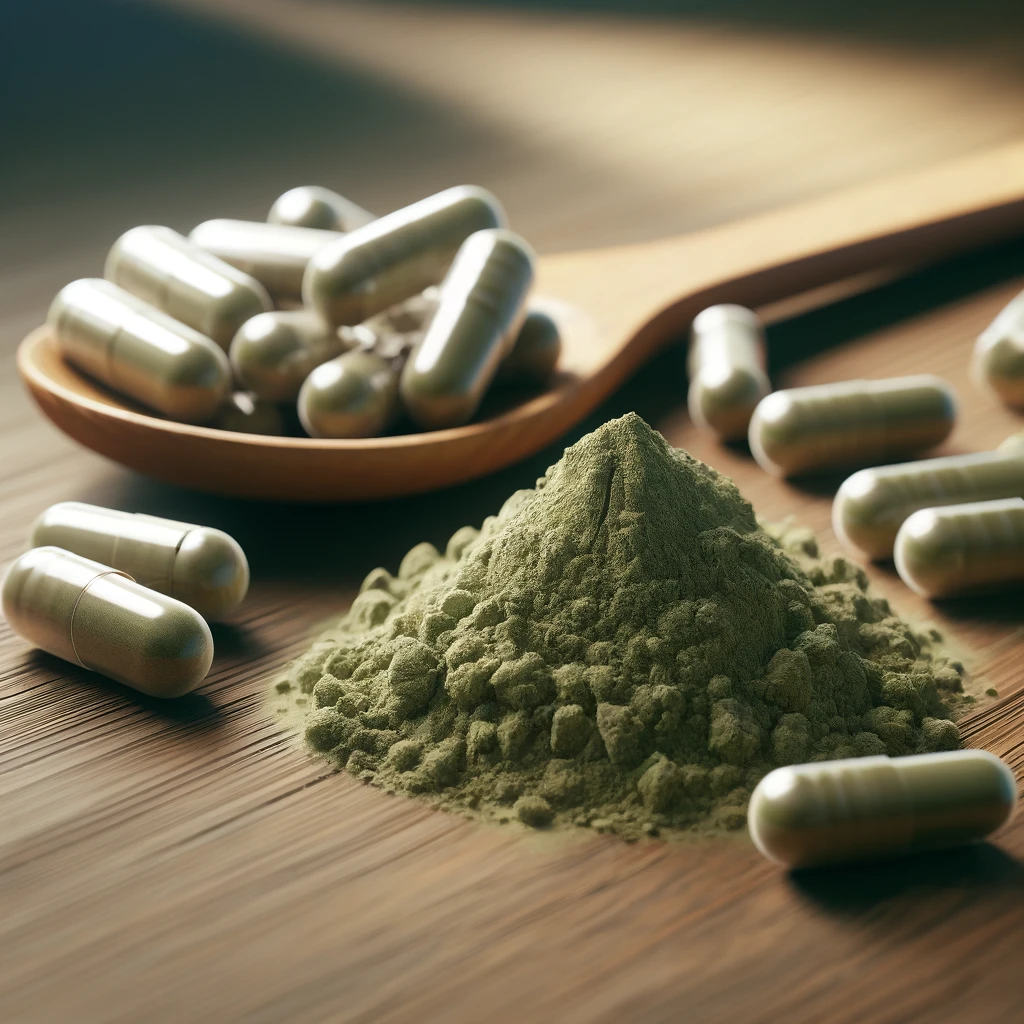


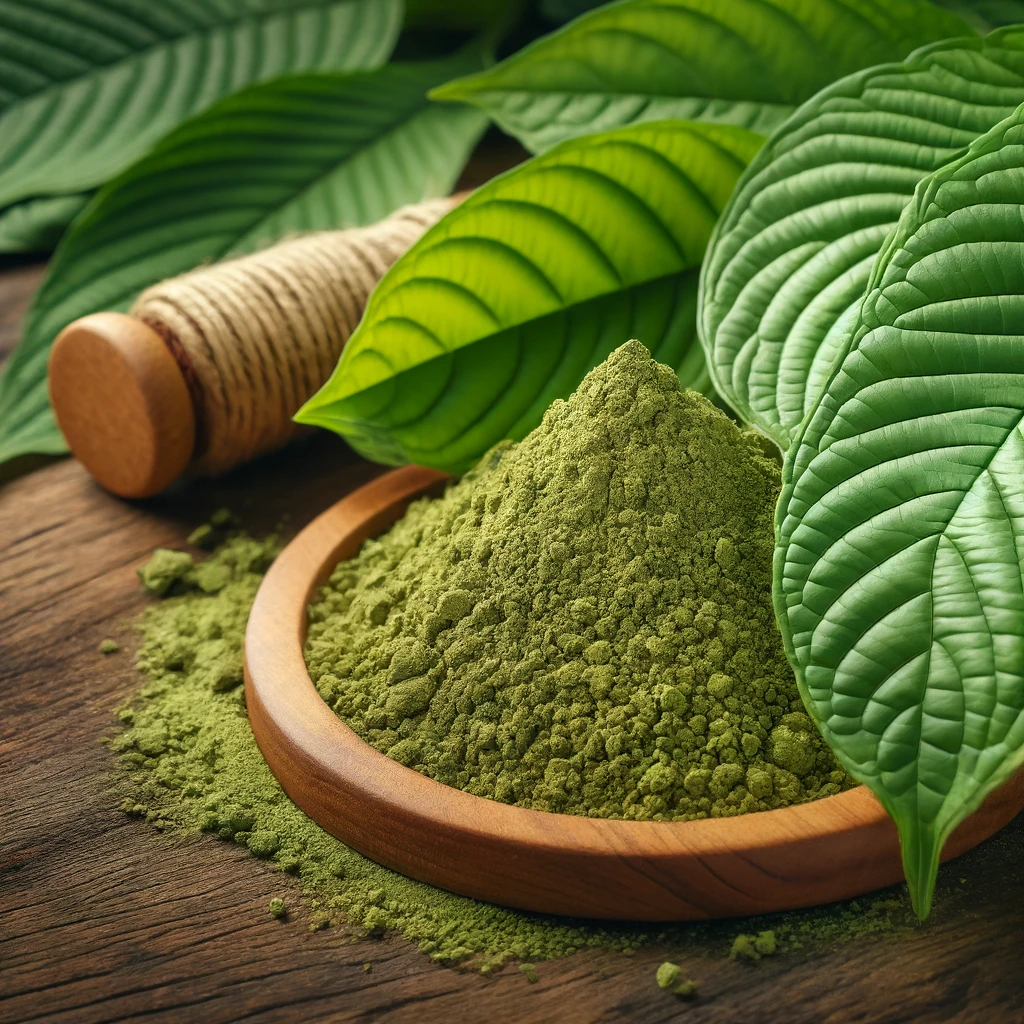
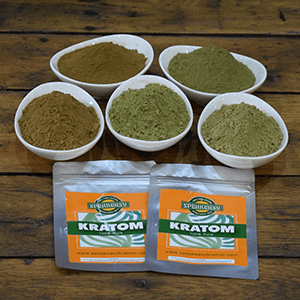

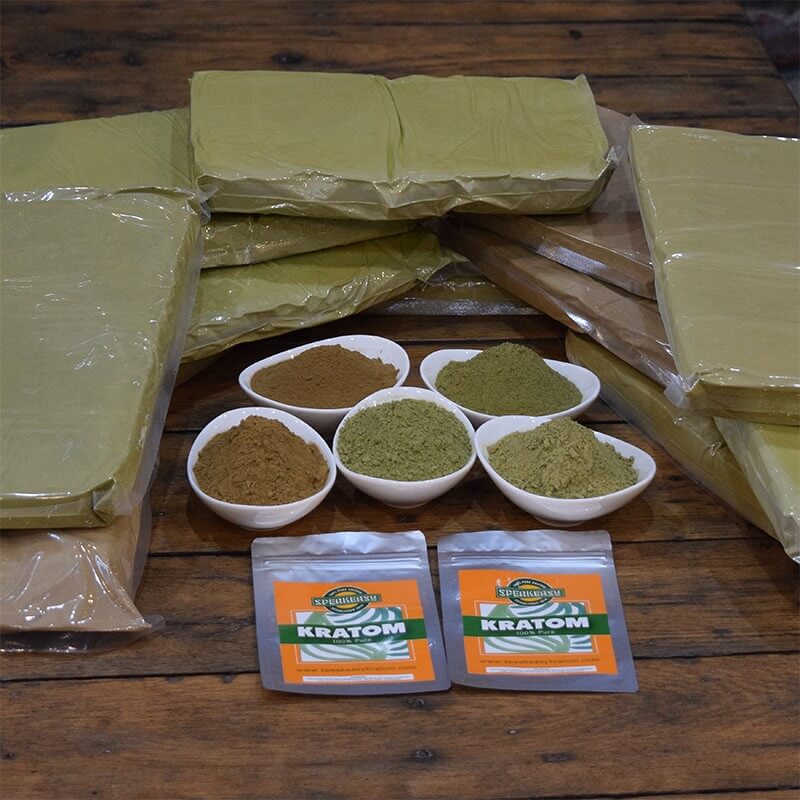
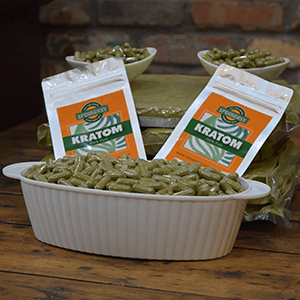

Leave a comment